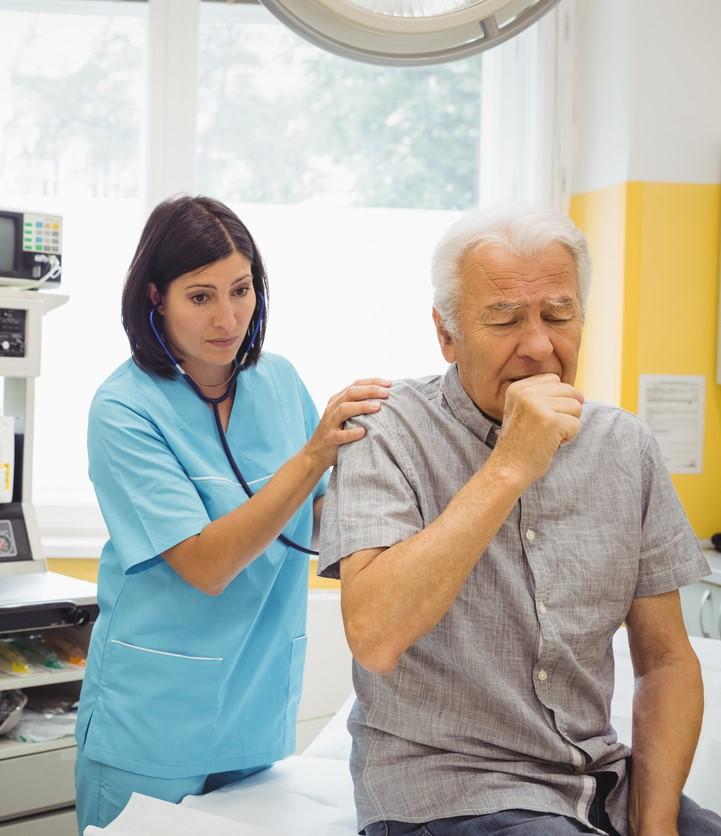Health departments in two Midwestern states—Wisconsin and Illinois—have reported measles cases, according to official statements.

In Wisconsin, Milwaukee’s health department last week reported an infection in a Milwaukee resident who works in Waukesha County. City, county, and state health officials are working to identify people who may have been exposed.
Meanwhile, the Illinois Department of Public Health (IDPH) on October 13 announced that a measles infection has been confirmed in Cook County, which includes Chicago. The case is the state’s first since 2019. The patient is unvaccinated and had been exposed during international travel. The patient’s rash began on October 9, and the IDPH said the infectious period likely ranges from October 5 through October 13.
Sameer Vohra, MD, IDPH director, said the case is a reminder that up-to-date vaccination can prevent the disease. "I urge everyone to make sure they and their family members are up-to-date on measles/mumps/rubella (MMR) vaccine and all other age-appropriate immunizations," he said.
The Centers for Disease Control and Prevention said that, as of September 29, a total of 29 cases have been reported this year in 16 jurisdictions.













